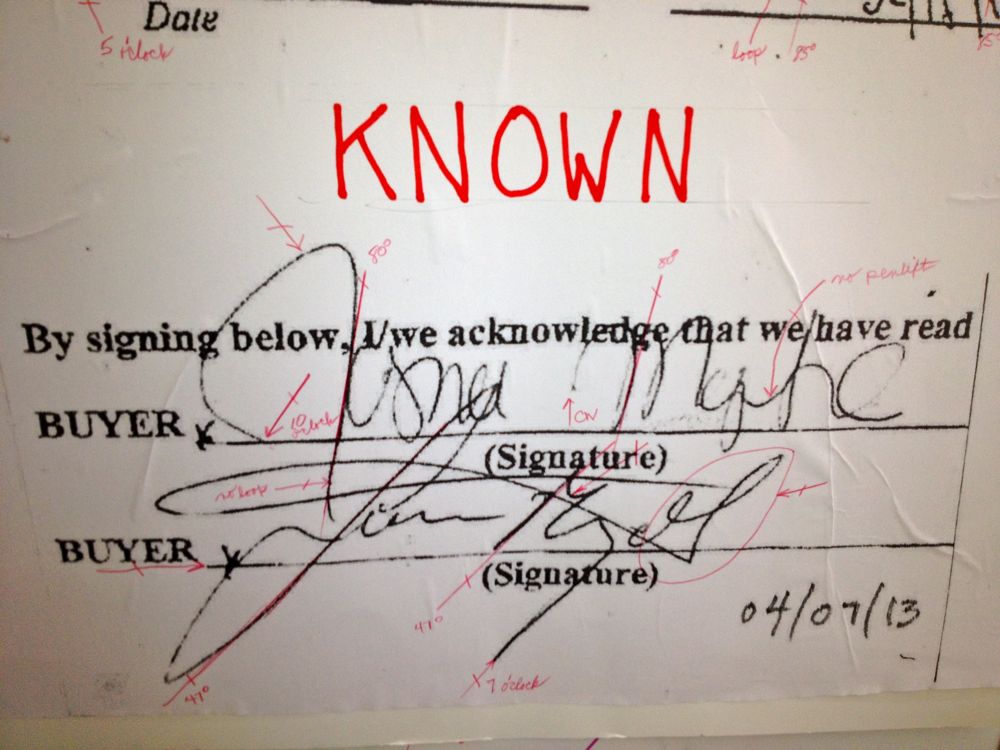Learning about Handwriting Analysis from a Forensic Examination Handwriting Expert.
This was such an interesting topic as I had never heard anyone speak in this field. We felt extremely lucky at the chance. But really, it wasn’t luck. A mom in our group goes to church with Charles Perrotta. Her daughter takes piano lessons from his wife. She took advantage of a wonderful opportunity by inviting him to her home to speak to our group. This is an awesome way to network with people who can educate your children by sharing what they do in their work. Think about people you know. If interested, just ask. We are grateful he said, “Yes.”
Mr. Charles Perrotta’s work experience includes the Navy, teaching, the FBI as a Document Examiner, and a Forensic Chemist. He even learned to speak Russian. He recently celebrated his 200th testimony as a Handwriting Examiner in civilian life.
Interesting things we learned:
For each case, he requests writing samples; 20-24 samples written on one piece of paper and then 6 ‘known’ samples of things signed or written by said person. His analysis cannot tell age, gender, or sex. He can only compare handwriting.
Mr. Perrotta was trained at the FBI for 2 years which involved studying and reading for 10 hours a day. Most handwriting analyzers he encounters do not have the thorough training that he has had. In every case, judges have deemed him an expert witness.
His education began by studying the first Handwriting Examiner known. His name was Albert Osborn. His first book, Questioned Documents, was published in 1910 (with subsequent editions). He is considered the father of the Science of Document and Handwriting Examination. His sons and grandsons have carried on the business of Forensic Document Examination.  Did you know that your handwriting matures when you are about 16 years old? Meaning that your handwriting will not change much from when you are 16. (This gives me much pause for good penmanship in my kids while they are young.)
Did you know that your handwriting matures when you are about 16 years old? Meaning that your handwriting will not change much from when you are 16. (This gives me much pause for good penmanship in my kids while they are young.) 
Basic Fundamentals of Handwriting Analysis:
- No 2 people write exactly alike. There are 7 billion people in the world. There is a 1 in 25 billion 600 million chance that a person will write just like you.
- In repeated writing, you do not write exactly like you write every time. There will be variations in your handwriting, however, characteristics will stay the same.
- Each writer has a range of writing that cannot be exceeded. Meaning that you can write worse but not better. He taught us about line quality and how it stays consistent.
- Each of us develop “unique individual identifying characteristics”.
It is interesting to note that school systems have taken cursive writing out of their curriculums. And with the onslaught of technology and electronic signatures, it seems as if our signatures may change with time. 


Mr. Perrotta looks at 7 handwriting characteristics:
- The shape of characters and paying attention to letter loops and consistency. He uses the clock face to speak about the direction of letters. For example, My “t” points to one o’clock.
- Size- Relative sizes will be the same (heights of letter in proportion to each other).
- Spacing– This also include pen lifts. I realized I lift the pen in my own name, something I didn’t notice before. I also write my cursive ‘a’ incorrectly (cursive rules). But when I sign my name using my left hand, I write this same ‘a’ correctly.
- Slant– He uses a protractor to gauge direction and slant. Upstrokes and downstrokes are measured differently.
- Speed
- Shading: In the past, people used ink wells and there were darker parts and lighter parts of letters depending on the pressure of the ink. You can see the same today with ball point pens. Sometimes he is asked to see if handwriting is actually from a pen. For these cases, he uses a 30 X magnifier microscope, looking for grooves in the paper.
- For others he uses a 7X magnifier which helps to see if there is any retracing of letters which can help reveal forgeries.
 If you look closely, you can see the red markings on the letters as he measures and analyzes each character.
If you look closely, you can see the red markings on the letters as he measures and analyzes each character.  It was fascinating to see actual examples of cases he has worked on. And with just the little bit of education I revealed above, we were able to distinguish forgeries. One of the examples we distinguished was determined just from initials. Even sloppy handwriting or what appears to be scribble handwriting, (you know who you are) have unique characteristics. Where the pen starts and stops, begins and ends, spaces between lines, pen lifts etc…
It was fascinating to see actual examples of cases he has worked on. And with just the little bit of education I revealed above, we were able to distinguish forgeries. One of the examples we distinguished was determined just from initials. Even sloppy handwriting or what appears to be scribble handwriting, (you know who you are) have unique characteristics. Where the pen starts and stops, begins and ends, spaces between lines, pen lifts etc…
I would have thought in the past that handwriting analysis would have been boring. I stand corrected. 🙂 Thank you, Mr. Perrotta for sharing.


